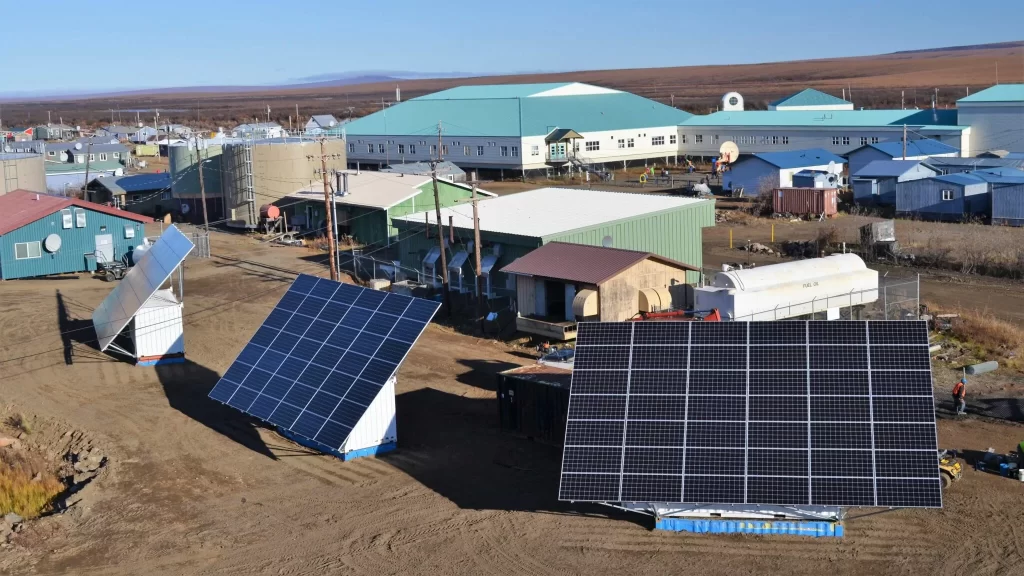What is a microgrid?

In recent years, with the widespread adoption and development of new energy sources, microgrids have quietly appeared in our lives. As a new form of green energy, what exactly is a microgrid, what does it specifically include, and how is it useful to us? Let’s take a detailed look at microgrids.
What is a microgrid? Simply put, a microgrid is a localized power network that can independently generate and supply electricity. Generally, a microgrid includes distributed power sources (storage devices), electrical loads (power output terminals), distribution facilities (power transmission equipment), monitoring and protection devices, and other components that form a small power generation and distribution system. Due to its independent operation, a microgrid can be widely used for power supply in industrial parks, backup power, and peak shaving, bringing direct economic benefits to industrial and commercial areas.
Another common type of microgrid in our daily lives is the photovoltaic storage microgrid, which uses solar power to form a microgrid that provides electricity for electric vehicles. As the market share of electric vehicles increases, the widespread use of photovoltaic power generation, a green energy source, adds significant momentum to our green and healthy lifestyle.
So how is electricity generated in a microgrid? Microgrids generally function in either a grid-tied mode or an isolated mode. In the grid-connected mode, they can use both grid electricity and self-generated power. In the off-grid mode, they can connect to solar panels, wind turbines, diesel generators, and other energy systems to generate electricity. The generated electricity can be fed back into the grid for sale using a reverse meter, or it can be used for self-consumption, directly reducing dependency on the grid.
The features of microgrids, such as their small scale, safety, self-sufficiency, and green cleanliness, make them widely applicable in the energy sector. They are significant for creating new models and forms of energy production and consumption, and for building a modern energy system that is green, low-carbon, secure, and efficient.
